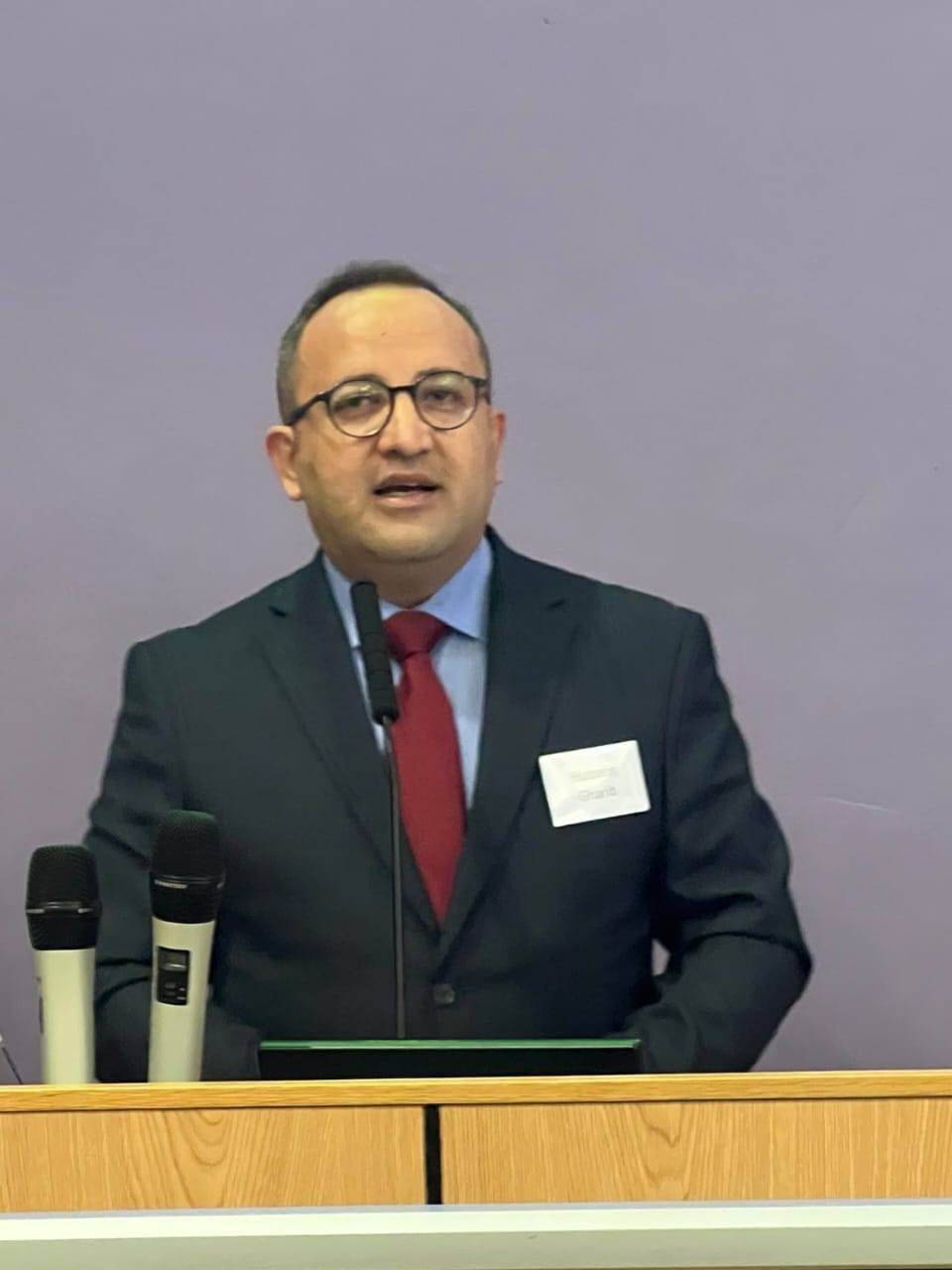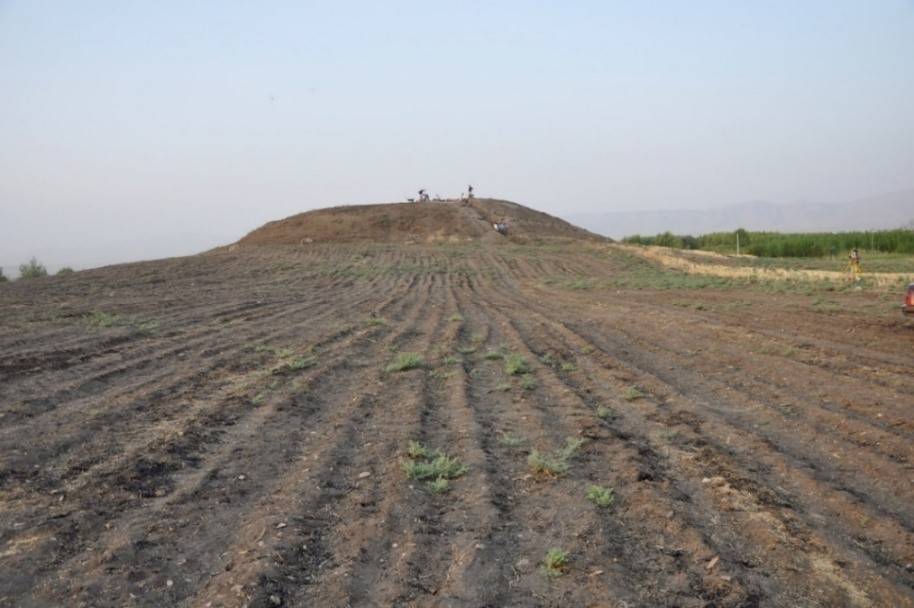Issue 18
Issue 18
240128080157.png)
Archaeological features, such as architecture etc. can be traced by high resolution and large-scale magnetometer prospecting. Moreover, soil magnetic data deliver additional information about the alteration of the ancient landscape. In combination with an archaeological survey, the geophysical results can provide information to reconstruct the spatial organization within these settlements as well as an epoch-spanning analysis of settlements and their role in urbanization processes and within settlement hierarchies.

On 3-4-5 January 2024, the University of Glasgow in Scotland hosted the International Archaeological Conference entitled "Archaeological Heritage Practice in Southwest Asia: Towards Equitable Futures".

Gird-î Kazhaw is located at the eastern perimeter of the large spring near Bestansur. The site consists of two mounds extending across an area of 4 ha. Mound A is only 2–3 m in height and of oval shape while Mound B reaches up to 10 m in height.
Issue 18